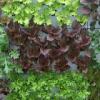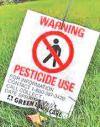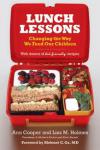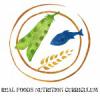Gardens and Food
Budget constraints often compel school districts and decision–makers -- along with parents -- to choose unhealthy, low–cost options for feeding children. And many schools have turned the cafeteria into a revenue stream at the expense of children’s health, serving high–calorie, high–sugar candy and soda, and junk food.
Fortunately, parents, politicians, and schools are beginning to wake up to the health consequences of such foods, and are daring to envision school cafeterias that not only offer appealing, nutritious food, but also offer ways to cut food waste through recycling and composting.
One of the most creative ways to connect what children eat with teaching about health, nutrition and the environment, is to plant a school garden and grow food on site. Gardens can compost food and yard waste, plowing it back into the soil. Teachers can use gardens to teach basic ecological principles hands–on, while teaching to standards on subjects such as science, math and social studies. Best of all, kids learn environmental and nutritional lessons, leading to healthier choices and healthier lives.
For a fuller discussion of school gardens and food, read Pillar 3: Green & Healthy Space in our Report.
October 13th, 2011






















